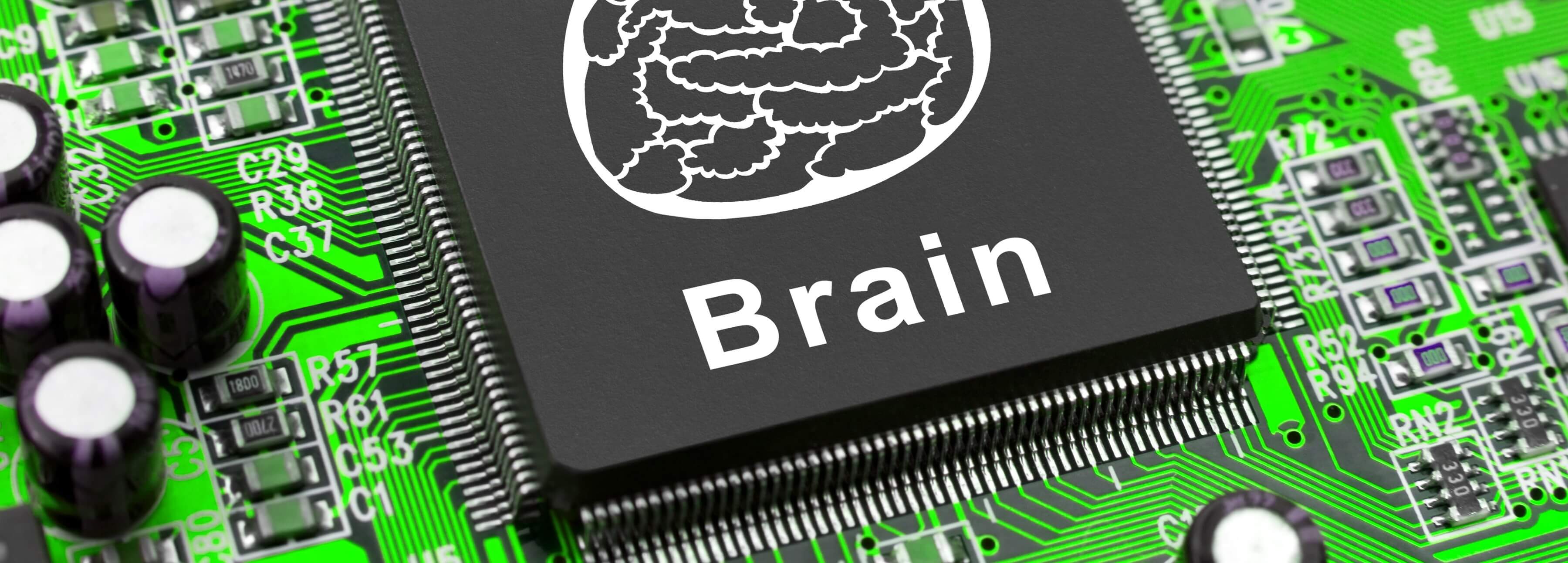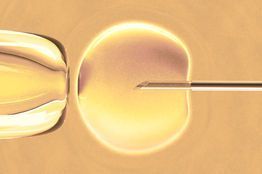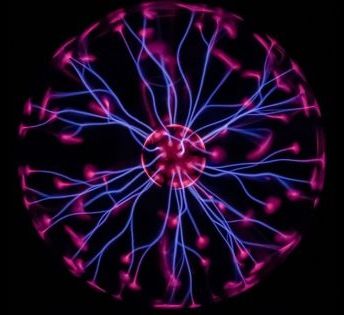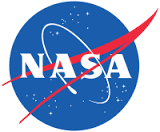Pesquisadores de brasileiros pode permitir que vírus HIV sejam desativados com nanotecnologia.
Category: biotech/medical – Page 3,073
Ultrasound Implants
Doctors are now using ultrasound implants to treat brain tumors.

DNA Storage Is Coming, And It’s Going To Revolutionize The Way We Share Data
A single gram of DNA can hold unimaginable amounts of data. Say hello to genetic storage.

IBM’s foray into Chinese healthcare sector
Watson joins China’s research team.
China’s Hangzhou Cognitive Care has teamed up with IBM to bring Watson super computer to 21 hospitals in the country.
Singapore: In a bid to intensify its fight against cancer, China’s Hangzhou Cognitive Care has teamed up with IBM to bring Watson super computer to 21 hospitals in the country. The super computer is all set to play a crucial role in a new multi-year program being unveiled in China. This is IBM’s first partnership in China’s healthcare sector.
IBM said, in a statement that this particular computing platform specializes in synthesizing tremendous amounts of data in order to provide physicians with a summary of patient records and numerous pieces of medical literature to help find the best individualized treatments for certain patients.

Regenerative Medicine: Plasma Being Used To Improve Bone Healing
Scientists have just found a way to make use of plasma, the fourth state of matter, to improve bone development. Using cold fusion, researchers were able to initiate increased bone growth.
It is a bit ironic that plasma is the least known state of matter, when in fact it is the most abundant in the universe. It is found in our Sun and all other stars, lightning, in our TVs, fluorescent light, and neon signs, and (purportedly) even in our favorite fictional weapon in the Star Wars universe, the lightsaber.
Plasma can be classified according to the degree of ionization, temperature, etc, but whatever form it may take, plasma has been used in various fields, such as in spacecraft propulsion, agriculture, and quite recently, in medicine.

Gary Johnson Wants Driverless Secret Service Cars and a US-Led Gene Editing Revolution
My exclusive interview with Libertarian presidential candidate Gary Johnson on some hard science & tech issues, including transhumanism, longevity, AI, and gene editing. This is also my first story for Futurism. For the record, I am trying, along with millions of others, to get Gary Johnson into the Presidentia l debates! No matter who you plan to vote for, it would be good for America to have him in the debates so a third voice is heard:
Libertarian Presidentia l candidate Gary Johnson wants humans to live a lot longer and isn’t worried about AI becoming the Terminator. Here, Futurist Zoltan Istvan gains an exclusive interview with Johnson, who is polling double digits nationally and hopes to be in the Presidentia l debates with Trump and Clinton in October.
Disclaimer: The views and opinions expressed are solely those of the author. They do not necessarily represent the views of Futurism or its affiliates.
I recently sat down with Libertarian Presidentia l candidate Gary Johnson at his home in New Mexico and watched an episode of Orphan Black, the hit sci-fi show. Between his CNN Town Hall meetings and endless speeches on the campaign trail, you’re probably asking: How did Gary get the time to watch a television show? It’s a good question, but the former Governor made the time, because he’s interested in the future and willing to explore how it might unfold.
Johnson is excited about using radical science and technology to make America stronger and help the human race.
Aerojet Rocketdyne to Mature 3D Printed MPS-130 CubeSat Propulsion System for NASA
Next to the medical field, as we follow the significant impacts 3D printing is making on the world, that of aerospace is right at the top of the list. While some are still confused about the actual importance of 3D printing as it hasn’t really affected them personally yet, it’s important to think on a much bigger scale. And there’s not much of a bigger scale than space.
For those who are cynical about the technology, pointing back to the continual supply of keychains and figurines (we all have to start somewhere, thank you!) being pumped out in plastic at the desktop, when you take a look at how long NASA has been involved with additive manufacturing—and how many parts they are using now—well, that’s impressive. Not only that, because of numerous 3D printed parts, larger components are being made that would not have been possible previously, and certainly not with such a level of customization, speed, and affordability.
 We learn more about NASA and their plans continually, allowing for an education not only in the importance of 3D printed parts today, but also quite simply in how space travel is considered and what the future holds. It’s pretty darned exciting, as you are probably aware. And technology such as 3D printing has been playing a well-publicized part in everything from space suits for travel to Mars to 3D printed rocket engines. And when you couple the space technology excitement from NASA with the latest from Aerojet Rocketdyne, the details start to get intense.
We learn more about NASA and their plans continually, allowing for an education not only in the importance of 3D printed parts today, but also quite simply in how space travel is considered and what the future holds. It’s pretty darned exciting, as you are probably aware. And technology such as 3D printing has been playing a well-publicized part in everything from space suits for travel to Mars to 3D printed rocket engines. And when you couple the space technology excitement from NASA with the latest from Aerojet Rocketdyne, the details start to get intense.

